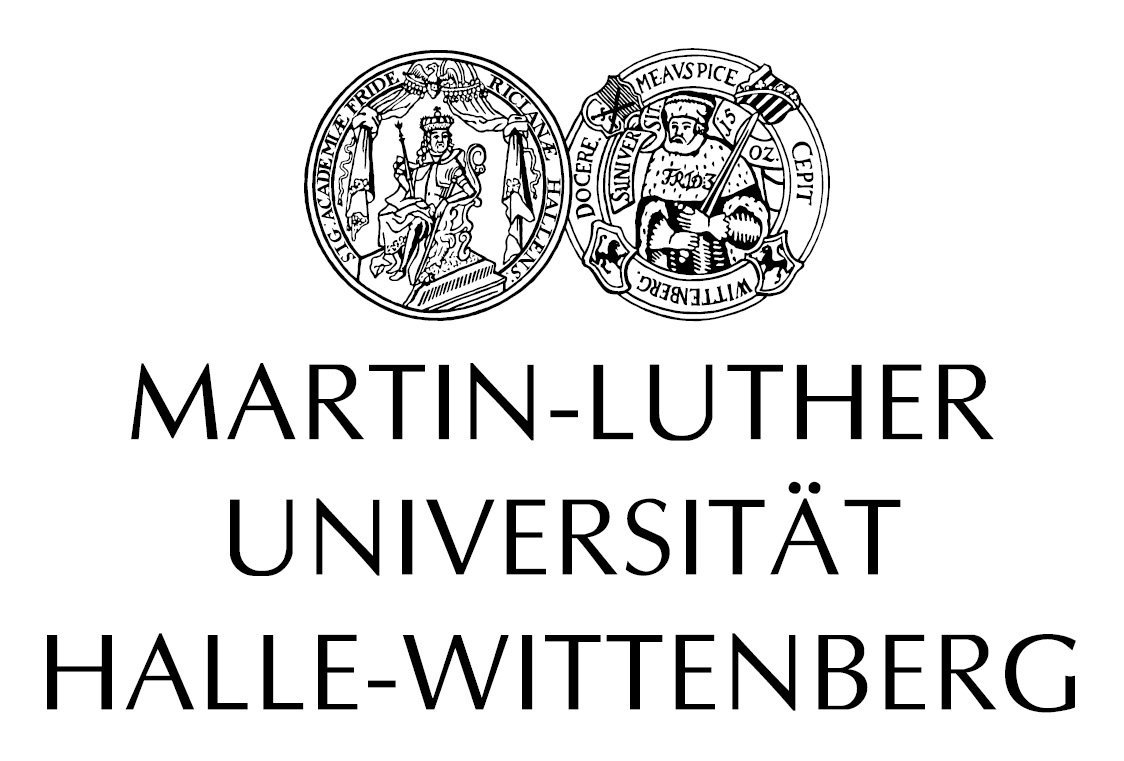The research groups of the RTG contribute experimental and theoretical expertise to the RTG that is available to all PhD-students. The unique combination of supervisors will give the PhD-students the opportunity to gain insights that go beyond what they could expect in an individual group. Joint use of advanced methods will enable the exchange of experimental proficiency, which is a prerequisite for rapid progress: Cell biology methods and high-resolution fluorescence live imaging will be applied in projects (P01, P02, P03, P04, P05, P06, P07, P08 and P10) including the analysis of in vivo subcellular localization, immunocytochemistry, bimolecular fluorescence complementation (BiFC)-tests to demonstrate protein-protein interactions, and fluorescence-recovery after photobleaching (FRAP)-tests to characterize parameters of protein-membrane association.
Live imaging analyses also include dynamic in vivo Ca2+-imaging (P05 and P06). The extensive need for advanced fluorescence imaging will be met by three high-end laser scanning confocal microscopes that will be available to PhD-students in the RTG, including two Zeiss LSM 880 Airy-Scan Systems and a Zeiss LSM 780 System. Projects P01, P02 and P03 contribute substantial imaging expertise to the RTG and will provide an important platform for computer-aided quantitative live image analysis to extract quantitative numerical data from confocal image sequences. Further analyses may benefit from transmission electron microscopy (TEM), provided by the core facility at the MLU Biocentre (Electron Microscopy).
Between groups of the RTG there is ample know-how in the utilization of stable or transient plant expression systems, which will both be used to establish genetically encoded fluorescent markers in plant cells. An extensive collection of Arabidopsis lines carrying fluorescent markers for relevant subcellular structures or proteins has already been assembled and is shared between all groups of the RTG.
A common theme of the proposed work in projects P01, P07, P08, P10 and P11 is subcellular fractionation and protein biochemistry, including purification and functional characterization of candidate proteins with regard to their transport, posttranslational modification or stability. Protein-protein interactions will be addressed by yeast-two-hybrid analysis (P10). Relevant Arabidopsis mutants and overexpressors will provide useful genetic backgrounds for the planned analyses and serve as powerful genetic tools to assess functional aspects of organellar interactions. Analytics platforms are available for small soluble and hydrophobic compounds and phospholipids (P01, P02) as well as high resolution/accurate mass mass spectrometry for proteins (P11). In this respect, the contribution of the newly established MLU proteomics core facility and the cutting-egde IPB facilities for imaging, proteomics and analytics should be highlighted.
The broad range of methods that will be applied in the proposed RTG will provide optimal conditions for the PhD-students to obtain a high level of technical proficiency. Additional researchers located at the MLU Weinberg-Campus who represent related fields of research or offer specialized approaches may be involved in RTG projects when deemed appropriate. For instance, additional interdisciplinary input from structural biologists, protein biochemists or chemists might become important, depending on the progress and outcome of the individual projects. Here, the newly established Charles Tanford Protein Science Center of the MLU will provide added opportunities, as will the cooperation with the sister-RTG 2467.


